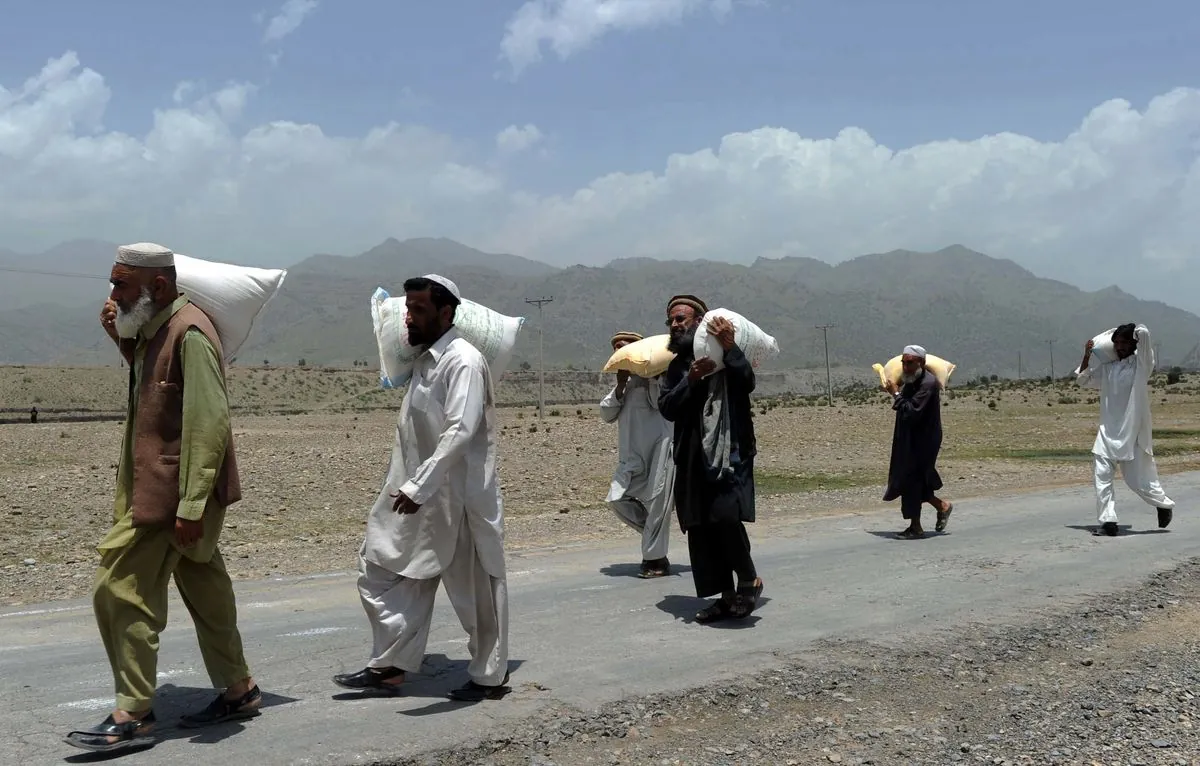Land Dispute Sparks Deadly Clashes in Northwest Pakistan
At least 25 killed in Shiite-Sunni clashes over land in Kurram district. Authorities work to prevent escalation into sectarian violence as ceasefire agreement reached through peace talks.

In a recent outbreak of violence, at least 25 individuals have lost their lives in northwest Pakistan due to clashes between Shiite and Sunni groups. The conflict, which began on September 21, 2024, stems from an ongoing land dispute in the Kurram district of Khyber Pakhtunkhwa province.
Kurram, one of the former seven agencies of Pakistan's Federally Administered Tribal Areas (FATA), has a complex history of sectarian tensions. The region, which shares a 250 km border with Afghanistan, has been a focal point for various conflicts and strategic interests over the years.
Local officials report that dozens have been injured in the fighting, which continued through September 25, 2024. The authorities are working diligently to prevent the land dispute from escalating into broader sectarian violence in this volatile area, where extremist groups from both sides maintain a significant presence.

Barrister Saif Ali, a spokesperson for the provincial government, stated that efforts are underway to defuse tensions with the assistance of tribal elders. Both parties have agreed to a ceasefire following peace talks in Kurram, offering a glimmer of hope for resolution.
The Kurram district, known for its diverse landscape of forests, mountains, and fertile valleys, has a unique demographic composition. Parachinar, the main town of Kurram, is the only Shia-majority area in the former FATA region. The Turis, a Shia tribe, dominate the Upper Kurram area, contributing to the complex social fabric of the region.
This recent conflict is not an isolated incident. Similar deadly clashes occurred in July 2024 over the same land dispute, highlighting the persistent nature of the issue. The region's history of sectarian violence dates back to the 1980s, exacerbated by its strategic location as a key transit point for mujahideen during the Soviet-Afghan War.
Despite these challenges, Kurram has shown resilience and potential. The district boasts a higher literacy rate compared to other tribal areas of Pakistan and possesses rich mineral deposits, including coal and marble. However, ongoing conflicts have hindered economic development and led to an increase in internally displaced persons.
In recent years, efforts to promote interfaith harmony have been initiated by local leaders, recognizing the need for peaceful coexistence. The region's unique cultural heritage, blending Pashtun and Persian influences, offers a foundation for building understanding between communities.
As peace talks continue, the focus remains on finding a lasting solution to the land dispute and addressing the underlying factors contributing to sectarian tensions. The success of these efforts could have far-reaching implications for stability in this strategically important region bordering Afghanistan.
"Our communities have lived side by side for centuries. It's crucial that we find common ground and resolve our differences through dialogue, not violence. The future of Kurram depends on our ability to work together."
The international community watches closely as Pakistan navigates this delicate situation, hoping for a peaceful resolution that can serve as a model for addressing similar conflicts in the region.


































